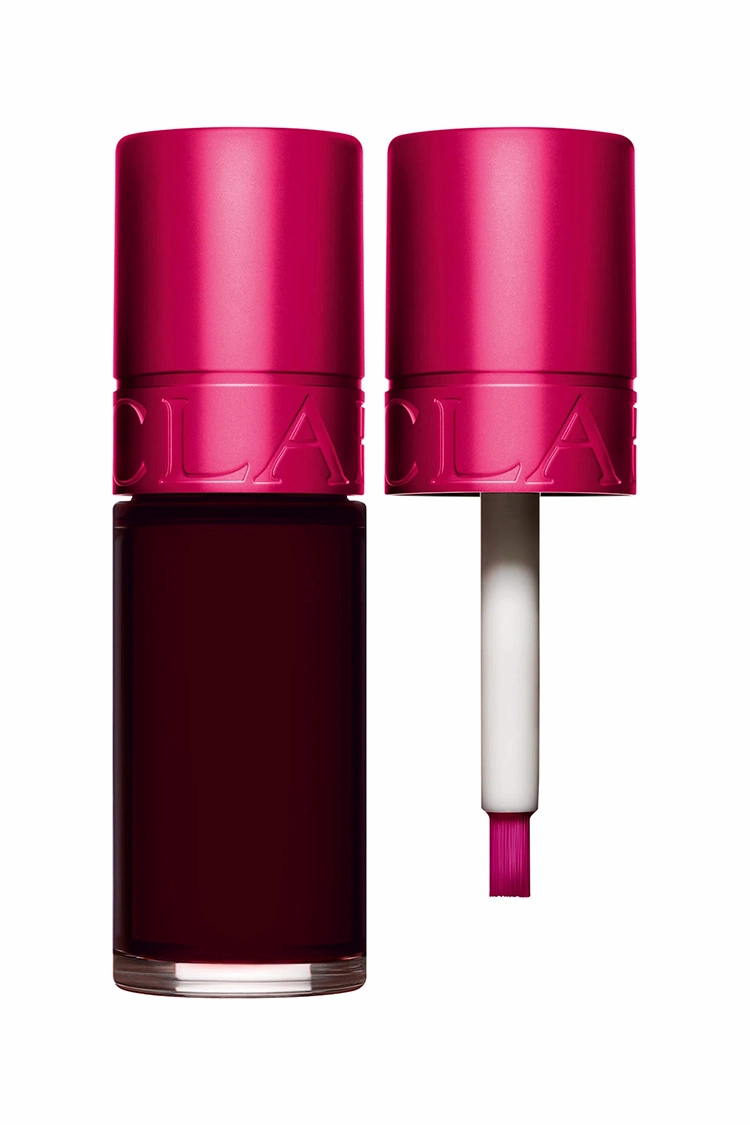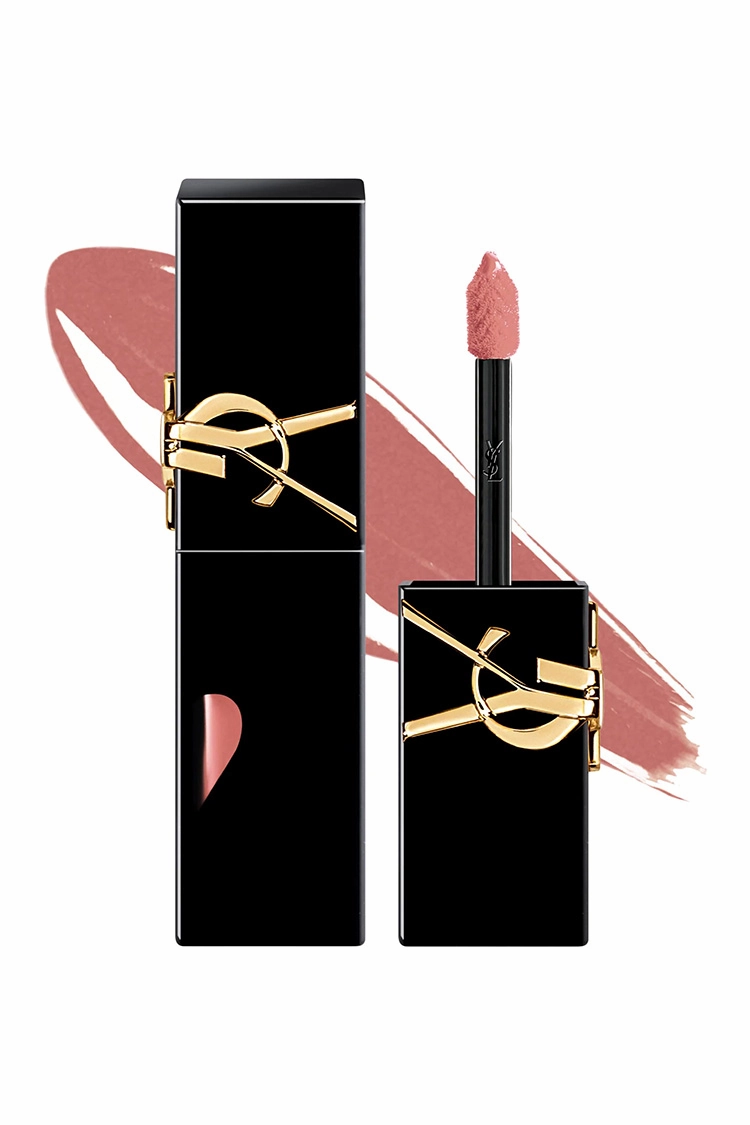
We thoroughly assess all products before recommending them. We may be compensated if you choose to buy through links on our site.
Question: What Are the Side Effects of Lip Stain?
Answer: The side effects of lip stain primarily include dryness and chapped lips due to long-lasting formulas, which often contain alcohol. Allergic reactions like redness or itching can also occur. Additionally, they can be difficult to remove and may stain the skin around the mouth if not applied carefully.
The Possible Side Effects of Lip Stains
Lip stains give you that perfect, just-bitten look with incredible staying power. You can sip your latte or enjoy a meal without leaving a trace of color behind. This long-lasting wear makes them a staple in many makeup bags. However, their unique formulation can lead to some unwanted effects. Understanding these potential issues helps you use your favorite products wisely. We will explore the common side effects of lip stain, from simple dryness to more noticeable reactions. This knowledge empowers you to protect your lips while enjoying vibrant, all-day color. Knowing the facts ensures your pout stays healthy and beautiful.

Best Lip Stain
Lip Stain
From gentle toning to intense color correction, these lip stains offer targeted solutions for blonde and highlighted hair...
The Drying Nature of Long-Wear Formulas
The most frequent complaint about lip stains is their drying effect. Many formulas use alcohol as a primary ingredient. The alcohol helps the pigment apply smoothly and evaporate quickly, leaving the color behind. This rapid evaporation process can strip the natural moisture from your lips. Your lips have very thin skin and fewer oil glands than the rest of your face. This makes them especially prone to dehydration. You might feel a tight sensation shortly after application. Over time, continuous use can lead to chapped, flaky, or cracked lips, which can be uncomfortable and affect how your lip color looks.
The pigment itself can also contribute to dryness. These dyes are designed to penetrate the top layer of your skin cells, unlike traditional lipstick which sits on the surface. This process can interfere with your lips’ natural barrier function. A compromised barrier loses moisture more easily. To enjoy the benefits of a lip stain without the Sahara-desert-level dryness, preparation and aftercare are essential. A well-hydrated canvas and consistent moisturizing will make a significant difference. Ignoring the signs of dryness can worsen the condition and make future applications appear uneven and patchy.
Combatting and Soothing Dry Lips
You can take simple steps to manage dryness. Always start with a smooth, hydrated base. Gently exfoliate your lips once or twice a week to remove dead skin cells. Apply a rich, hydrating lip balm about 10 minutes before your lip stain. Blot any excess balm before applying the color. After a long day of wear, remove the stain completely with an oil-based makeup remover. Follow up immediately with a thick layer of a nourishing lip mask or balm to wear overnight. This routine replenishes lost moisture and prepares your lips for the next day. Look for balms with ingredients like shea butter, vitamin E, and hyaluronic acid for the best results.
Related Article: Is Lip Stain Considered Lipstick?
Related Article: How Long Does a Lip Stain Last?
Allergic Reactions and Skin Sensitivity
Some people may experience allergic reactions to ingredients found in lip stains. Your lips are a sensitive area, and introducing new chemicals can sometimes trigger a response. Common allergens in cosmetics include fragrances, preservatives, and specific color dyes. For example, dyes like Red 27 or carmine can cause reactions in sensitive individuals. Fragrances, even those that smell lovely, are a leading cause of contact dermatitis in beauty products. Preservatives like parabens or formaldehyde-releasing agents are also potential culprits that can irritate the delicate skin on your lips.
An allergic reaction can manifest in several ways. You might notice redness, swelling, or intense itching on or around your lips. Small bumps or blisters may also appear. These symptoms can develop immediately after application or several hours later. If you have a history of sensitive skin or allergies, you should exercise caution when trying a new lip stain. Reading the ingredient list is a good first step, but it may not always be enough, as brands are not always required to list every component of their fragrance formulas. The best way to prevent an unpleasant reaction is to test the product before applying it all over your lips.
The Importance of a Patch Test
A patch test is a simple and effective method to check for sensitivity. Apply a small amount of the lip stain to a discreet area of skin, like the inside of your wrist or behind your ear. Leave the product on for as long as you would typically wear it, or at least for a few hours. Monitor the area for the next 24 to 48 hours. If you see any signs of irritation, such as redness, itching, or blistering, do not use the product on your lips. This quick check can save you from significant discomfort and a potential allergic reaction on your face.
The Challenge of Uneven Fading
One of the main draws of lip stain is its longevity, but how it wears off can be a notable side effect. Lip stains do not always fade evenly. The color tends to cling more tenaciously to the drier parts of your lips, particularly the outer edges. The inner part of your lips, which is moister and experiences more friction from eating and drinking, often loses color first. This process can result in the dreaded “lip liner” effect, where you are left with a distinct ring of color around the perimeter of your mouth while the center is bare. This look is often not the intended style and can require frequent touch-ups to maintain an even appearance.
The initial application also influences how the stain fades. If your lips are not properly exfoliated, the stain will adhere more strongly to dry patches. This creates a splotchy, uneven color from the very beginning. The pigment saturates these rough areas more deeply, making them appear darker than the smoother parts of your lips. As the day goes on and the stain begins to fade, these pigmented patches will be the last to go, exaggerating the uneven look. Proper lip preparation is therefore crucial not just for comfort but also for achieving a beautiful, graceful fade. A smooth canvas ensures the product applies evenly and wears off more uniformly.
Long-Term Use and Lip Discoloration
Consistent use of highly pigmented lip stains, especially dark or vibrant shades, may lead to subtle, long-term discoloration of your natural lips. The powerful dyes used in these products are designed to semi-permanently tint the superficial layers of skin. While the stain is meant to be temporary, frequent application without proper removal can cause a buildup of pigment. Over months or years, you might notice that your natural lip color appears slightly darker or has a different undertone than it used to, even when your lips are completely bare. This effect is more of an aesthetic concern than a health issue, but it is a potential outcome to consider.
To minimize the risk of discoloration, it is important to give your lips a break. Try to have some makeup-free days during the week to allow your lips to rest and regenerate. Thorough removal is also key. A simple swipe with a makeup wipe may not be enough to lift all the pigment. Use a dedicated oil-based or dual-phase makeup remover. Apply it to a cotton pad and hold it on your lips for about 30 seconds to dissolve the stain before gently wiping it away. Follow up with your regular cleanser. Gentle exfoliation can also help slough off the stained skin cells over time, helping to maintain your natural lip tone.
Choosing Formulas with Better Ingredients
The beauty market offers a wide variety of lip stains, and not all are created equal. You can avoid many negative side effects by choosing products with thoughtful, lip-friendly formulations. When you shop for a new lip stain, take a moment to scan the ingredient list. Modern formulas often include hydrating and nourishing components to counteract the drying potential of the pigments and solvents. These beneficial ingredients can make your experience much more comfortable and keep your lips looking healthy. Your choice of product directly impacts the health and appearance of your lips.
Many brands now enrich their stains with ingredients that provide moisture and care. Seeking out these formulas can greatly improve your wear experience.
Hydrating Heroes to Look For
Look for ingredients like hyaluronic acid, which attracts and holds moisture. Glycerin is another humectant that helps to hydrate the lips. Plant-based oils and butters, such as jojoba oil, coconut oil, and shea butter, create a protective barrier that locks in moisture and provides a smoother application.Beneficial Additives for Lip Health
Antioxidants like vitamin E help protect the delicate skin on your lips from environmental damage. Aloe vera and chamomile extract offer soothing properties that can calm irritation. These ingredients not only make the lip stain more comfortable to wear but also actively care for your lips throughout the day.Ingredients to Approach with Caution
Try to avoid products that list “alcohol denat” or “SD alcohol” high on the ingredient list, as these are particularly drying. While some alcohol is often necessary for the formula, its position on the list indicates its concentration. High concentrations of synthetic fragrances can also be a source of irritation for many people.
By becoming a more conscious consumer, you can select a lip stain that delivers beautiful, long-lasting color without compromising the health of your lips. Your pout deserves the best of both worlds.
Conclusion – What Are the Side Effects of Lip Stain?
Lip stains are a fantastic tool for achieving durable, vibrant lip color. Their potential side effects, such as dryness, allergic reactions, and uneven fading, are manageable with the right knowledge and care. By preparing your lips properly, choosing formulas with nourishing ingredients, and ensuring thorough removal, you can mitigate these issues. A little awareness allows you to enjoy the bold, carefree color of a lip stain while keeping your lips smooth, healthy, and comfortable.


